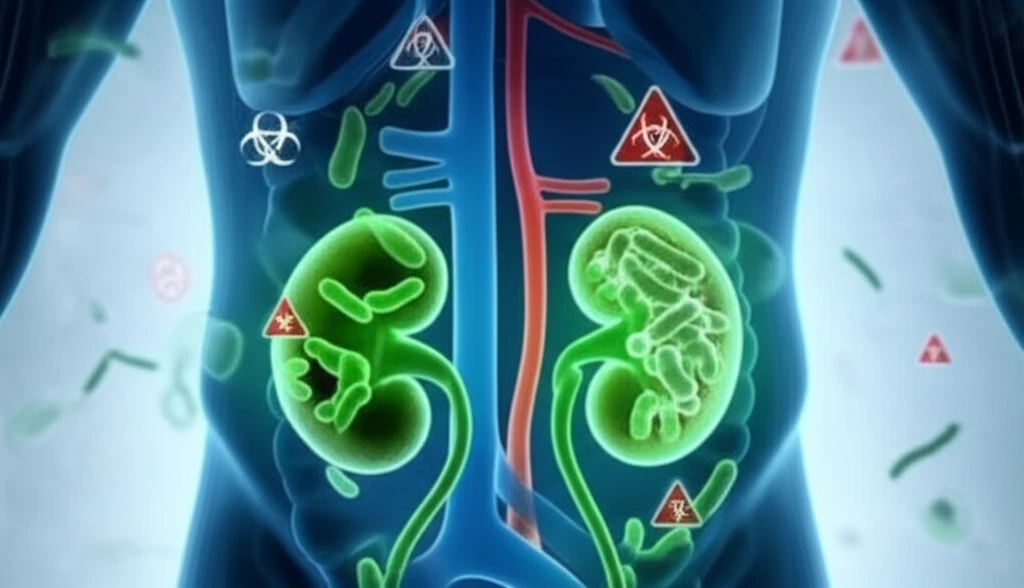
Beyond the UTI: Unmasking the Silent Threat of Bacteremia and Its Deadly Risks
"A Deep Dive into the Dangers of Bacteremia Caused by Pseudomonas Aeruginosa and How to Protect Yourself"
Urinary tract infections (UTIs) are a common and often underestimated health issue. While many UTIs are easily treatable, some can escalate into a life-threatening condition called bacteremia, where bacteria enter the bloodstream. This is especially concerning with bacteria like Pseudomonas aeruginosa, which can lead to severe complications and even death. This article aims to shed light on the risks associated with P. aeruginosa bacteremia and equip you with essential knowledge for prevention and early intervention.
Pseudomonas aeruginosa is a resilient bacterium often found in various environments, including hospitals, and is known for causing infections that are difficult to treat. When it causes a UTI and spreads to the bloodstream, the situation becomes critical. Understanding the risk factors and mortality rates associated with this condition is vital for both patients and healthcare professionals.
This article will explore the findings of recent research, providing a comprehensive overview of the risk factors linked to death from P. aeruginosa bacteremia. We'll delve into the factors that increase the risk and discuss the importance of early detection, appropriate treatment, and proactive measures to improve patient outcomes. This information is crucial for anyone seeking to understand and protect against this serious health threat.
Unveiling the Risk Factors: What Makes P. aeruginosa Bacteremia So Deadly?

Several factors can increase the risk of death for individuals with P. aeruginosa bacteremia. Research has identified key elements that significantly impact patient outcomes. These include demographic factors, underlying health conditions, and specific clinical scenarios.
- Advanced Age: Older patients often have weaker immune systems, making them more vulnerable.
- Underlying Health Conditions: Existing conditions like heart disease and kidney problems increase the risk.
- Ventilator Use: Patients requiring breathing assistance face a higher mortality rate.
- Septic Shock: This severe condition significantly elevates the risk of death.
- Delayed Intervention: Lack of timely consultation with urologists can lead to poorer outcomes.
Empowering Yourself: What You Can Do to Stay Safe
Understanding the risks associated with P. aeruginosa bacteremia is the first step toward prevention and early intervention. By being aware of the symptoms of UTIs and sepsis, seeking prompt medical attention, and discussing your health history with your healthcare provider, you can take proactive steps to protect your health. Remember, early detection and appropriate treatment are crucial in managing this serious condition and improving outcomes.
